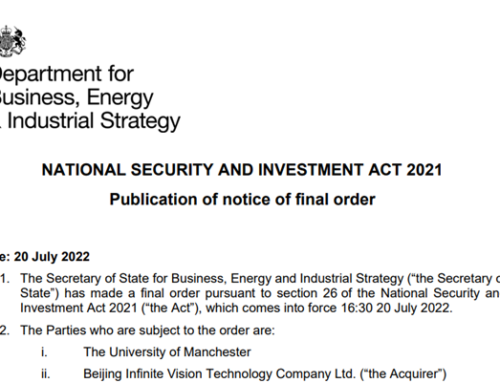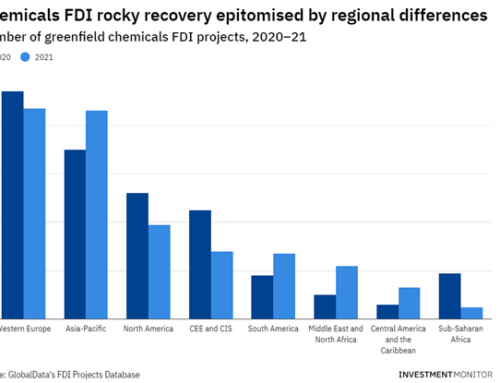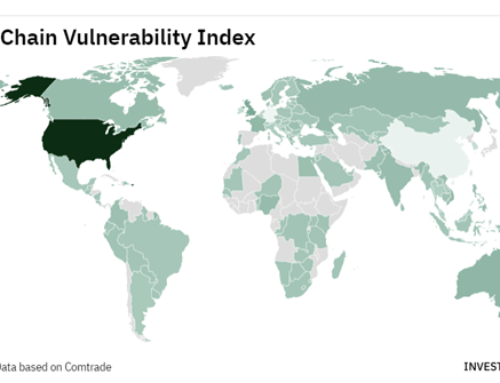As the UK economy continues to perform above other EU markets, many international brands are choosing the UK as a launch platform to enter Europe. In 2014 the UK trade deficit grew by 51% year on year, with imports totalling £418bn (HMRC Overseas Trade Statistics, April 2015). So clearly there is a strong demand for overseas product.
However with such diverse cultures and tastes, aesthetic preferences, languages, and legal disclosures, how can a brand look to successfully steer through the landmine of product packaging and deliver not only a legally compliant product, but also one that appeals to the consumers of the UK and rest of EU?
The first step is to decide what you are willing to spend on your product’s brand and packaging, and what you are willing to change about your brand and packaging to meet the needs of international consumers. A successful launch in the UK, will be determined not just by legal compliance, but also the way that your brand, imagery and use of language, translate and appeal to the native consumers.
To help get you started, here are 7 tips for making sure your product packaging is fit for UK market entry:
1. The Legal Disclosures
All products placed in the EU must comply to general safety requirements covered by the General Product Safety Directive (GPSD) 2001/95/EC. Any products whose composition, manufacture or use may pose a risk to consumers are subject to more specific legislations (toy safety directives for example). Once you are satisfied that you have met all the legal product safety requirements, you must move attention to the legal requirements surrounding the product’s packaging.
There are a many UK and EU specific directives which cover packaging and what information must be included. Many are specific to particular product categories and require specialist advice as to the exact wording, but a good starting point would be to include at least the following three pieces of information:
- Country of Origin. Dependant on the type of product being imported, you may be legally required to disclose the country of origin (COO).
- Contact Details. Company and contact details should be clearly visible on the packaging. If you are using a distributor to import the goods into the UK, then you may prefer to have their details so that any enquiries or complaints can be handled domestically.
- CE Marking. If your product is fully compliant with EU legislation, and meets all requirements for the CE mark, then you should include the logo on your packaging. The usage and dimensions of the CE logo are very strictly controlled, so always seek expert advice to determine whether you are eligible to use it on your packaging.
2. Which Languages?
The EU is a free trade zone, so as soon as you successfully clear UK customs you are free to trade across the rest of the EU. However, there are instances where the EU law doesn’t cover certain products or leaves discretion to the individual countries, and in the case of whether information must be in the national language of the country where the product is being sold, is an example of where many countries have their own laws.
So a common sense approach is advised here. Any safety instructions, usage instructions, and COO information should certainly be translated into the national language. Then it is worth checking with a market entry or export specialist who can further advise on whether further information should be translated. You may also want to consider providing multiple translations of your product name and or description. However, it is a essential to find the right balance between having sufficient translations to enable strong sales, and not losing the visual appeal of the front of the packaging.
3. The Visual Appeal
Visual messaging that works well in one market, in a particular language, will not necessarily work as well in another country, or when translated. So how can you make sure that the visual appeal of your packaging is not lost when entering the UK or other markets? Again, a common sense approach is recommended here. Identify which markets are key to your success and make sure that your packaging communicates and appeals well to consumers in those markets. Be careful of using idioms or expressions that only make sense in 1 language. Also pick product and brand names that appeal in multiple languages. Then you need only provide 1 or 2 sub title translations, discreetly on the front of the packaging.
4. The Branding
A brand stands for everything your business has achieved so far and is the culmination of the journey completed to date. So when looking to further grow your business in international markets, and progress your company further along this path, it may be necessary to include a brand refresh at the same time. Certain cultures and countries have very specific associations with certain shapes, colours and imagery. So be careful to test out your brand assets on consumers from the key target markets to make sure that nothing included in your brand, brand name, or logo is considered offensive or negative in any way.
An amusing example of a rebrand for a particular market was when Toyota looked to export the MR2 car into France. However the soon realised that when pronounced in French, MR2 sounded a little too similar to merdeux, and so decided to shorten the name to just MR.
5. Packaging Waste
There is a very specific EU directive (94/62/EC) which addresses the environmental aspects of packaging and packaging waste. The directive sets targets for recovery and recycling and encourages the use of recycled packaging materials in all packaging. Packaging must comply with the essential requirements which include the minimisation of packaging volume and weight. The directive also prohibits the use of certain harmful metals and other substances in packaging.
6. Suitability for Retailer’s Shelves
When it comes to displaying products in store, there are many different retail standards. These vary whether you are selling into a grocery chain, a fashion outlet or a tech retailer, for example. They also change from country to country. So how do you know whether or not your packaging is suitable for your target market’s in store displays? By carrying out some basic market research and photographing competing products on the selves of retailers, should give you some initial insight into what is expected. However this will require a market visit, so plan well. If you get this wrong, you may end up being placed on the bottom shelf, or the back of store, as opposed to securing key in-store locations.
7. FSDUs and CDUs
Does your product require further in store support such as a Free Standing Display Unit (FSDU) or a Counter Display Unit (CDU)? These can provide valuable marketing collateral that can be used to boost in store sales. But how well is that marketing space being used if the messaging is not in the retailer’s national language? Also, you need to make sure that retailers will allow you to use these additional displays in store. Some simple market research will highlight what the accepted display formats are. Also some clever tricks such as supplying interchangeable display header boards for your displays, can provide a cheap solution to the multi language requirements of multiple markets.
For advice and help on exporting into the UK Market, simply get in touch.







